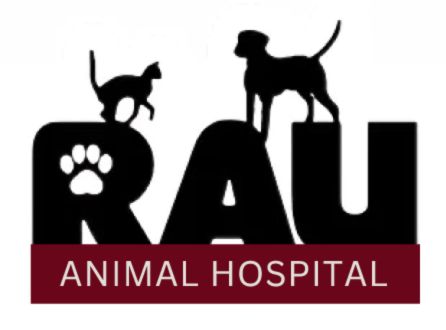
How Does My Dog And Home Become Infested?
It is possible to pick up fleas or ticks during most of the year and can thrive in our homes. Dogs and cats are at equal risk for fleas and ticks if they are indoors or outdoors. Your dog is both the home and food source for fleas and ticks. Once a flea gets on your dog, it will remain there until it is killed by a flea product or dies naturally. Just like the adult flea, the adult tick will remain on your dog and eventually produce eggs while feeding from your dog. Ticks go through various life stages. Ticks will leave the host and "molt" (shed their outer skin) from one stage to the next. Ticks transmit the most disease to dogs and humans in the nymph and adult stages. If your dog is not on a preventative, it is possible for your dog and possibly your home to develop a serious infestation within just a few short weeks.
If not prevented or treated, fleas and ticks can cause a variety of potential health issues for dogs, including:
- Skin irritation and infection
- Rashes and red inflamed skin
- Scabs and scales
- Transmission of disease and illness to you and your dog
- Psychological issues from constant scratching
Fleas and ticks can also result in the transmission of disease to humans through petting and sharing a living space with a host dog. This is why it is critical that you are aware of the health dangers that fleas and ticks can pose. It is important that you take measures to reduce the risk of an infestation. With the right plan and products, flea and tick infestation is easily preventable. Our veterinarians are here to help you develop a flea and tick prevention program that will best suit your needs and lifestyle.
Why You Should Avoid Over-Counter Flea Treatment For Dogs
There are many different flea and tick prevention products on the market. The amount of over-the-counter remedies has grown rapidly in the past 20 years. The influx of unapproved flea treatments for dogs in the early 2000s, specifically spot-on treatments, led the Environmental Protection Agency to issue a warning in 2010 about possible toxic reactions to flea medicine for dogs. This resulted from a rash of dog fatalities attributed to the inappropriate use of some products.
As with any medication, there is some risk of adverse reactions to flea and tick treatment. These risks are extremely small. However, should you notice any symptoms or behavior changes, please call us. Our veterinarians would be happy to share with you their recommendations for the best flea treatments for your dog at your next appointment.
Ticks On Dogs
Ticks feed on the blood of the host and use tiny sharp teeth to embed themselves firmly into a dog's skin and tissue. Because they penetrate into the bloodstream, ticks can also spread blood-borne illnesses. Ticks cause welts and bruises on dogs around the bite location. It is also common to find the tick still attached. There are various methods for treating ticks on dogs, including:
- Spot-On Treatments
- Oral Medications
- Tick Collars
Although there are various remedies to treat ticks on dogs, it is essential to make sure the method you choose is safe and effective. We strongly recommend consulting the veterinarian at your next visit if you suspect a tick infestation.
Fleas On Dogs
Fleas are very itchy and annoying and will primarily cause your dog to scratch. If your dog is allergic to flea saliva, the itch can be insatiable. Too much scratching can lead to skin infections, and fleas on dogs can possibly lead to the spread of various diseases. Fleas can be difficult to detect because they are only about 1-2 millimeters in length, but there are several ways to check for fleas on your dog, including:
- Looking for red, irritated skin on your dog's neck, belly or hindquarters
- Comb your dog's fur with a flea comb from back to front for a good look at his or her skin.
- The fleas may appear red or brown in color
- If you see a speck that is moving, it is probably a flea
Different Types Of Flea And Tick Treatments For Dogs
Many years ago, flea collars, sprays, powders, and shampoos were the mainstay of flea control. These products are more toxic and less effective than the majority of products we now recommend. For this reason, we do not recommend any of these products. However, medicated shampoos can be very helpful in treating the secondary skin infections that your dog may have developed due to flea infestation.
Today, the recommended flea and tick treatments for dogs include:
- Oral Tablets
- Spot-On Flea Treatments
- Tick Collars
Our veterinarians would be happy to discuss specific flea and tick treatments that may be right for your dog at your next appointment.
Our state has the perfect mixture of geography, climate, and natural landscaping that fleas and ticks find very attractive. Because of this, it is important to take a proactive approach to prevention. Taking preventive measures before a problem arises can save you time and money, while significantly improving your dog's health and well-being.
If you suspect your dog is suffering from the effects of fleas and ticks, we recommend scheduling a veterinary appointment. Our veterinarians and support staff have extensive experience treating fleas and ticks for dogs. We know flea and tick infestations can be frightening and overwhelming, but we assure you they are both preventable and treatable.
Schedule an appointment today to discuss flea and tick treatment options for dogs with one of our veterinarians.
